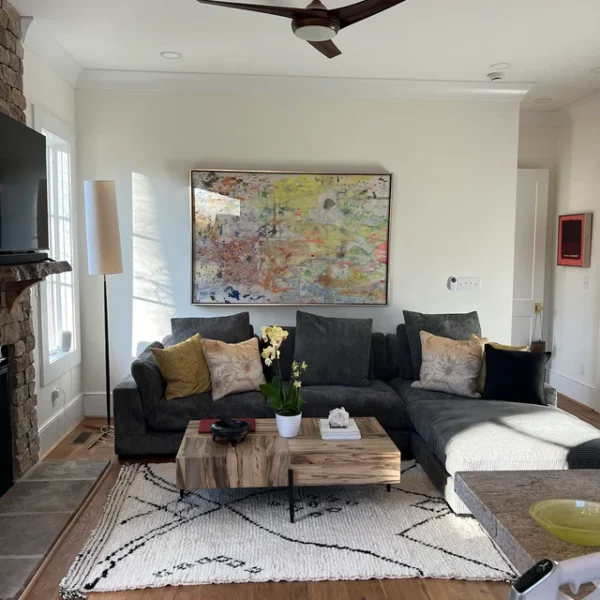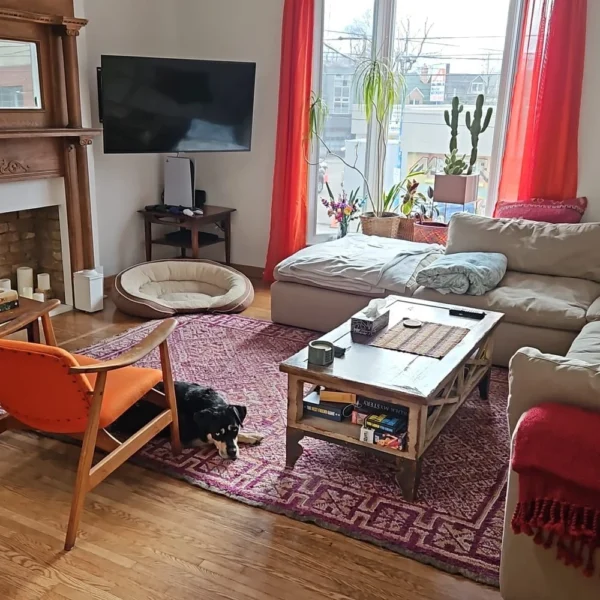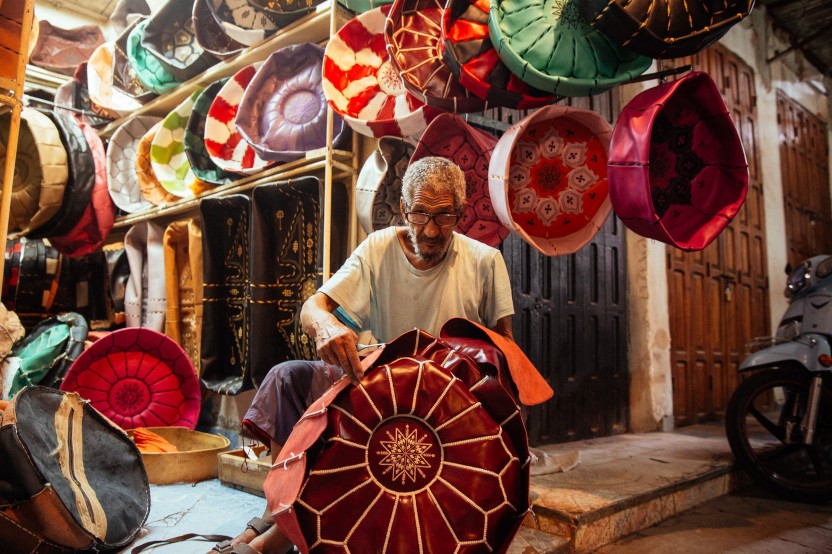Crafting Stories: Profiles of Moroccan Artisans and Their Timeless Artistry
The heart of Morocco’s rich tapestry of culture lies in the hands of its skilled artisans. Delving deep into the winding lanes of Marrakech and Fez, we find the true essence of Moroccan craftsmanship. Let’s spotlight some of these incredible talents and learn their stories.
1. Fatima from the Atlas Mountains: The Berber Rug Weaver
Nestled in the picturesque Atlas Mountains, Fatima’s hands dance over her loom, weaving stories passed down through generations. For the Berbers, rug weaving isn’t just an art; it’s a language, a chronicle of tales, dreams, and aspirations. Fatima’s handwoven Berber rugs are a testament to this tribe’s enduring spirit and culture.
2. Youssef of Marrakech: The Master of Zellige Tilework
The vibrant squares of Zellige tiles that adorn Moroccan palaces and homes find their roots in Youssef’s workshop in Marrakech. Each tile is a symphony of geometry and color, reflecting the harmonious blend of Andalusian, Roman, and Berber traditions.
3. Laila from Fez: The Ceramist
The ancient city of Fez is renowned for its stunning blue pottery, and Laila is one of its shining stars. With a legacy spanning centuries, this pottery technique marries rich cobalt hues with intricate designs, capturing the soul of Moroccan heritage.
4. Hassan from Essaouira: The Thuya Woodworker
The coastal city of Essaouira boasts of its unique Thuya woodcraft. Hassan, with his chisel and hammer, carves out intricate patterns on this aromatic wood, creating pieces that echo the melodies of the Atlantic waves.
5. Amina from the Sahara: The Basket Weaver
The vast golden expanse of the Sahara Desert is home to Amina, a master in weaving palm leaf baskets. Her creations are not just functional but carry with them the spirit of the desert – resilient, enduring, and beautiful.
In Conclusion: Morocco’s artisanal landscape is as diverse as its geography. From the mountainous terrains to its sun-kissed deserts, every region tells a story, every craft is a page from its cultural diary. Embracing a Moroccan handcrafted item is not just owning a piece of art; it’s inheriting a slice of its history.





















